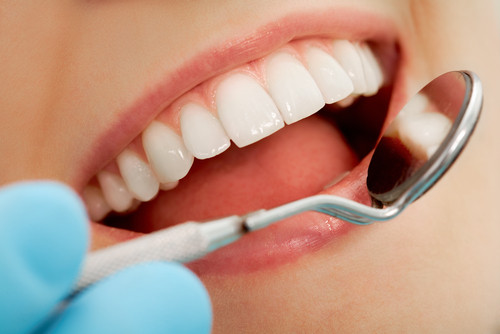
Cleanings
Dental cleanings done in the dental office are more thorough and intense than the cleanings you do for yourself at home. The American Dental Association (ADA) recommends that patients see their dental health providers every six (6) months for dental cleaning.
What makes a cleaning at your dentist different from the kind of cleaning you do for yourself at home? The professional cleaning is better able to get to areas that you could not normally reach on your own. The backs of the rear teeth and areas just under the gum line are a good example of places you may not be able to reach on your own and may need to be handled with a professional cleaning.
Also, professional cleanings handle effectively areas of dental calculus, plaque or tartar that may be too built up for you to remove. Deep dental cleanings also help eliminate bacterial infections that compromise the supportive tissues of the teeth.
Cadena Family Dentistry prides itself on providing some of the most gentle, effective and thorough dental cleanings available. Our hygienists begin the process by reviewing your medical history and assessing clinically your periodontal health. She will take clinical pictures, x rays, and measurements to determine your periodontal condition. Then she will begin the appropriate hygiene therapy or dental cleaning with a dental scaling. The term “scaling” is just a fancy way of saying that the hygienist is going to use a tool – or maybe several – to gently go over the surface of the teeth and rub away tartar that has built up on and in between the teeth.
After the scaling has been completed, the teeth are polished across the inside, outside and the bite surfaces with a polishing paste. This paste cleans the teeth and removes many of the surface stains like those caused by coffee, tea, tobacco and food colorings. This polishing is done with a rubber cup that resembles something closer to a buffer or a spinning toothbrush.
Once the polishing is done, the hygienist will floss you to be sure to remove any particles left behind by the scaling and polishing process. This is also when the hygienist will be able to take note of whether there are any teeth that are too crowded, have calcium buildup or have been altered with a filling in a way that would prevent floss from being used in between them. If there are, you may have further treatments recommended to clear that space.
After flossing, the deeper fissures and spots are cleaned using a spray-style cleaner. Finally, fluoride may be applied as needed and whitening treatments recommended.
